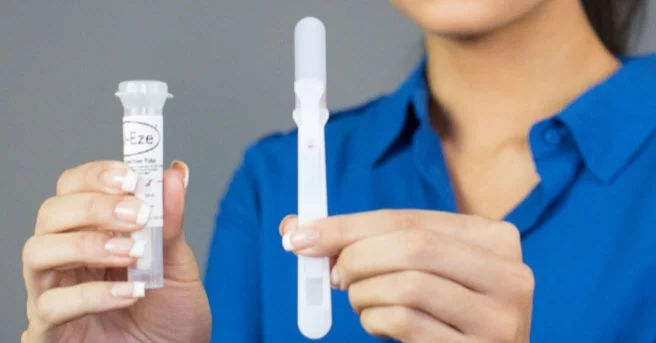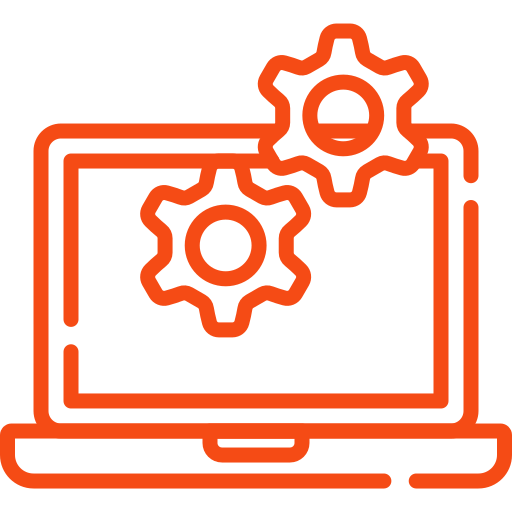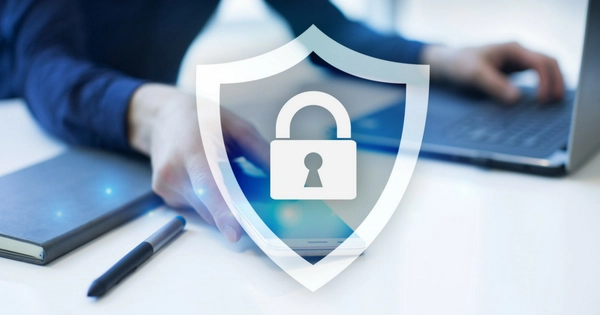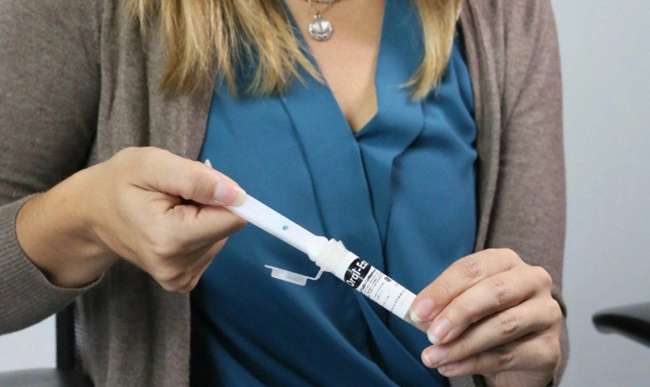Saliva drug testing has become an increasingly popular method of detecting drug use in recent years, due to its non-invasive nature and ability to provide quick results. Emerging technologies in this field have brought about significant improvements in sensitivity, accuracy, and ease of use, making saliva drug testing a viable alternative to traditional methods such as urine or blood testing.
Nanotechnology is one of the key emerging technologies in saliva drug testing, with the development of nanosensors that can detect even trace amounts of drugs in saliva. Smartphone apps have also been developed that can provide instant results, making testing more accessible and convenient.
Additionally, effective ways to manage saliva drug testing have led to improvements in sensitivity and accuracy through the use of advanced analytical techniques and the development of new biomarkers. These advancements have made saliva drug testing a reliable and effective method of drug detection, with the added benefits of being non-invasive and cost-effective. Furthermore, effective ways to manage saliva drug testing include proper training of testing personnel and implementing quality control measures to ensure accurate and consistent results.

Key Takeaways
- Saliva drug testing is a non-invasive and quick method that is becoming increasingly sensitive, accurate, and easy to use due to emerging technologies.
- Nanotechnology and smartphone apps offer promising tools for saliva drug testing, but user privacy concerns have been raised.
- Microfluidics allows for the detection of multiple drugs simultaneously, while aptamer-based sensors improve sensitivity and specificity.
- Saliva drug testing is an ideal approach for workplace drug testing or monitoring drug treatment compliance, but clear protocols and procedures must be established to balance protecting employee rights with ensuring a safe and productive work environment.
Nanotechnology in Saliva Drug Testing
Nanotechnology has emerged as a promising tool in saliva drug testing, offering enhanced sensitivity, selectivity, and specificity in the detection of various drug compounds.
Nano biosensors, which are based on the interaction between biological molecules and nanostructures, have been developed for the detection of drugs in saliva. These biosensors can detect drugs at very low concentrations and provide rapid results.
Microfluidics is another area of nanotechnology that is being used in saliva drug testing. Microfluidic devices can manipulate small volumes of fluids and are useful for the detection of multiple drugs in saliva samples.
Overall, nanotechnology has the potential to revolutionize saliva drug testing by providing more accurate and reliable results.
Smartphone Apps for Instant Results
The development of smartphone apps that provide instant results for saliva drug testing has revolutionized the field of substance abuse detection, offering a convenient and accessible method for individuals and professionals alike. These apps typically utilize a gamification approach to engage users and make the testing process more enjoyable, with features such as point systems and rewards for frequent use.
However, user privacy concerns have been raised, particularly regarding the storage and sharing of sensitive health information. It is important for developers to prioritize data security and transparency in order to maintain user trust and ensure ethical practices.
Overall, the use of smartphone apps for instant saliva drug testing results shows great promise in improving drug testing methods, but must be implemented with caution and responsibility.
Improving Sensitivity and Accuracy
Enhancing the precision and fidelity of the diagnostic outcomes in the domain of substance abuse detection is becoming increasingly important.
With the rise of drug abuse cases worldwide, new equipment and research advancements are being made to improve the sensitivity and accuracy of saliva drug testing.
One of the latest technologies developed is the use of microfluidics, which allows for the detection of multiple drugs simultaneously with high precision.
Additionally, research has shown that utilizing aptamer-based sensors can improve the sensitivity and specificity of saliva drug testing.
The use of these emerging technologies in saliva drug testing can facilitate earlier detection and intervention, ultimately leading to more effective treatment outcomes.
Advantages of Saliva Testing Over Traditional Methods
Compared to traditional methods, using saliva for drug testing offers a non-invasive and convenient approach, as it requires only a small sample and can be collected easily.
In addition, saliva testing is cost-effective and does not require specialized training or equipment for collection.
Moreover, it eliminates the need for urine or blood samples, which can be cumbersome and uncomfortable for patients.
The non-invasive method also reduces the risk of infection and contamination, making it a safer option for both the patient and the tester.
Furthermore, saliva drug testing can detect recent drug use, making it an ideal method for workplace drug testing or monitoring drug treatment compliance.
Overall, the advantages of saliva testing over traditional methods make it a promising emerging technology in drug testing.
Implementing Saliva Drug Testing Programs
Implementing saliva drug testing programs requires careful consideration of factors such as cost, accuracy, and ethical implications, as studies have shown that nearly 10% of the US workforce has used illicit drugs in the past month.
One major concern when implementing such programs is employee privacy, as certain legal considerations must be taken into account. Employers must ensure that their drug testing policies comply with federal and state laws, as well as with any relevant collective bargaining agreements.
In order to maintain employee privacy, it is important to establish clear protocols and procedures for administering and handling saliva tests, as well as for maintaining the confidentiality of test results.
Ultimately, successful implementation of saliva drug testing programs requires a balance between protecting employee rights and ensuring a safe and productive work environment.
Conclusion
Saliva drug testing has come a long way since its inception. Emerging technologies such as nanotechnology and smartphone apps have revolutionized the way we detect drugs in saliva. These technologies have improved sensitivity and accuracy, making saliva drug testing more efficient and reliable than traditional methods. The advantages of saliva testing over urine or blood testing are numerous.
Saliva testing is non-invasive, easy to collect, and can detect recent drug use. One interesting statistic that evokes emotion is that drug overdose deaths have increased by 30% in the United States from 2019 to 2020. This alarming statistic highlights the need for better drug testing methods, including saliva drug testing.
Implementing saliva drug testing programs in workplaces, schools, and other institutions can help prevent drug abuse and save lives. In conclusion, emerging technologies in saliva drug testing have made significant strides in improving sensitivity and accuracy. The advantages of saliva testing over traditional methods cannot be ignored. With the increase in drug overdose deaths, the need for better drug testing methods is more important than ever.
Implementing saliva drug testing programs can help prevent drug abuse and ultimately save lives.
You may also like to read:
How To Use Technology In Your Business Growth Strategy?






